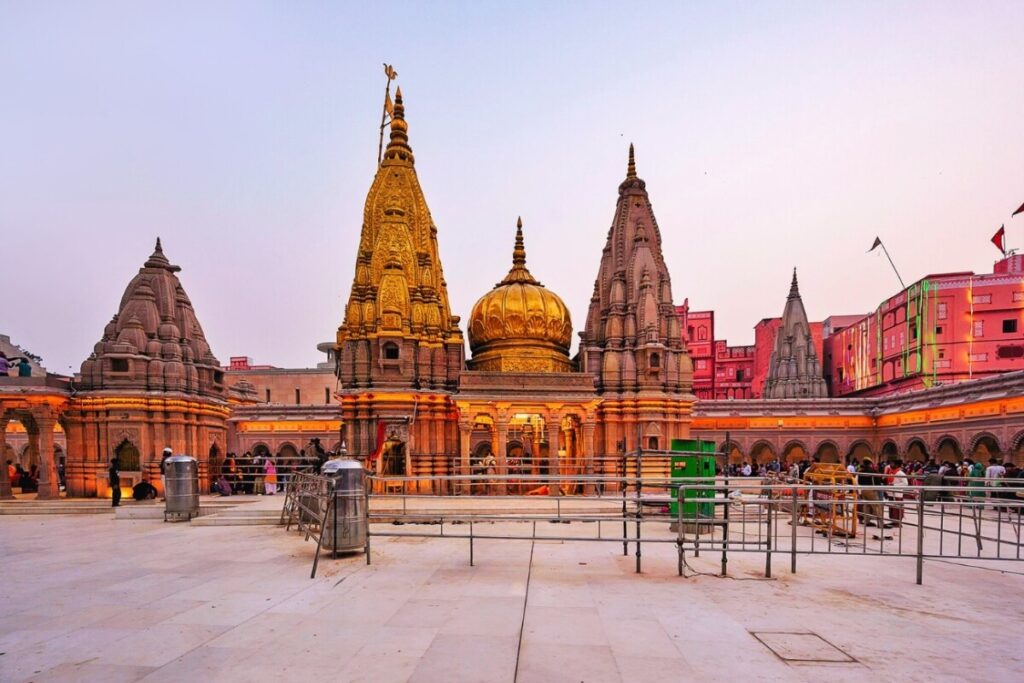Quick Bits:
Varanasi, also called Banaras or Kashi, is one of the world’s oldest living cities. Located in the state of Uttar Pradesh, it sits on the sacred banks of the Ganges River. Known for its profound cultural and spiritual significance, Varanasi is a vibrant tapestry of history, religion, and art.
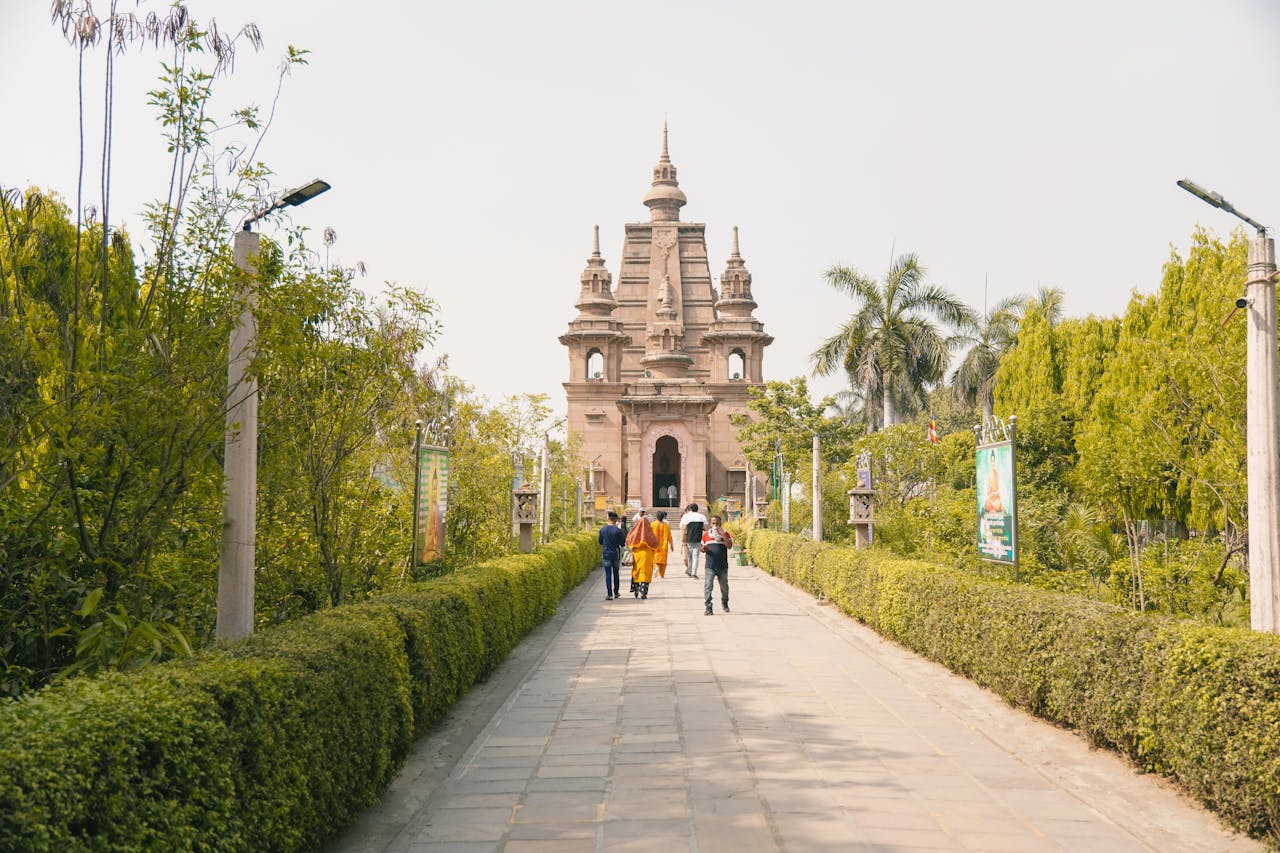
Key Highlights
- Location: Northeastern India, Uttar Pradesh
- Famous For: Ghats, temples, silk weaving, and spiritual retreats
- Languages Spoken: Hindi and Bhojpuri (English widely understood)
- Historical Significance: A center of learning and spirituality for over 3,000 years
General Information
Varanasi thrives as the spiritual capital of India. The city attracts millions of pilgrims and travelers each year seeking blessings, enlightenment, or a taste of its rich cultural traditions.
It is also a hub for silk weaving and Banarasi sarees, renowned for their intricate designs and craftsmanship. Music, literature, and art find a sacred place in Varanasi, making it a confluence of culture and devotion.
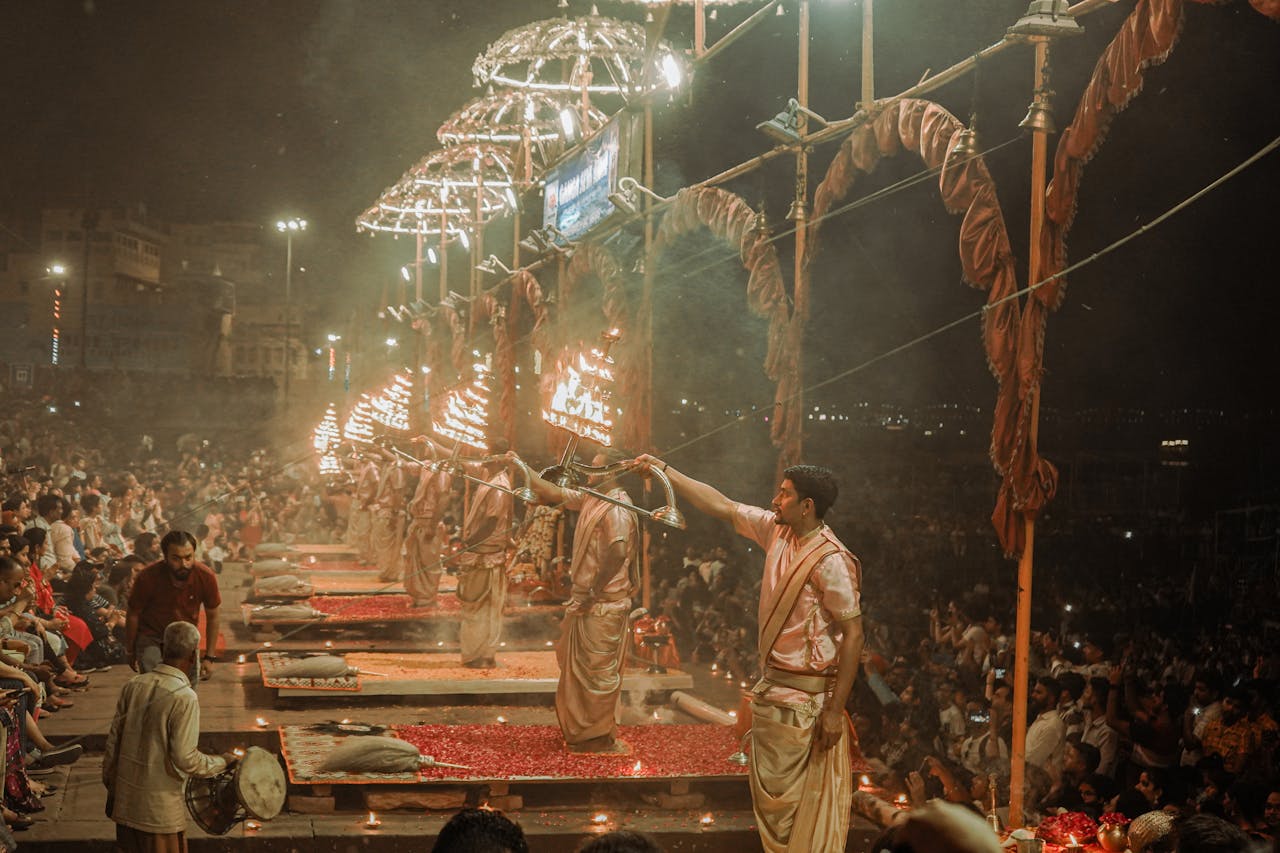
Geography Information
Varanasi is situated along the crescent-shaped banks of the Ganges River. This sacred river holds great importance for Hindus, as it is believed to wash away sins.
The city’s landscape features narrow winding alleys, bustling markets, and serene ghats (stepped riverbanks). Its elevation of 80 meters above sea level provides moderate weather throughout the year.
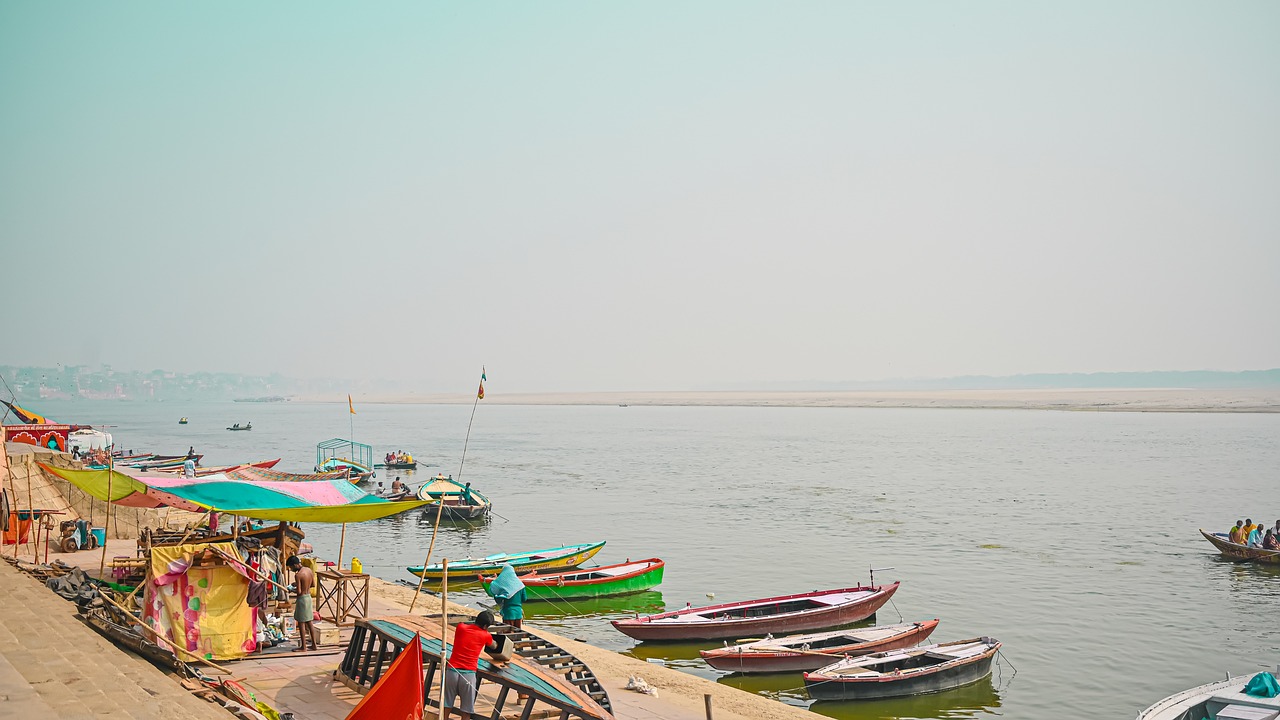
Places to Visit
1. Dashashwamedh Ghat
One of the busiest and most iconic ghats, Dashashwamedh is famous for the evening Ganga Aarti. The sight of lamps lighting up the dark waters is unforgettable.
2. Kashi Vishwanath Temple
Dedicated to Lord Shiva, this temple is a cornerstone of Varanasi’s spiritual identity. Its golden spire and intricate carvings draw devotees and architecture lovers alike.
3. Sarnath
A short drive from Varanasi, Sarnath is where Buddha delivered his first sermon. The Dhamek Stupa and the Archaeological Museum are must-visit spots here.
4. Manikarnika Ghat
Known for its cremation rituals, this ghat represents the cycle of life and death. It is a deeply spiritual and reflective place for many visitors.
5. Banaras Hindu University (BHU)
One of Asia’s largest residential universities, BHU boasts beautiful architecture and a peaceful environment. Its Bharat Kala Bhavan Museum houses ancient artifacts and artworks.
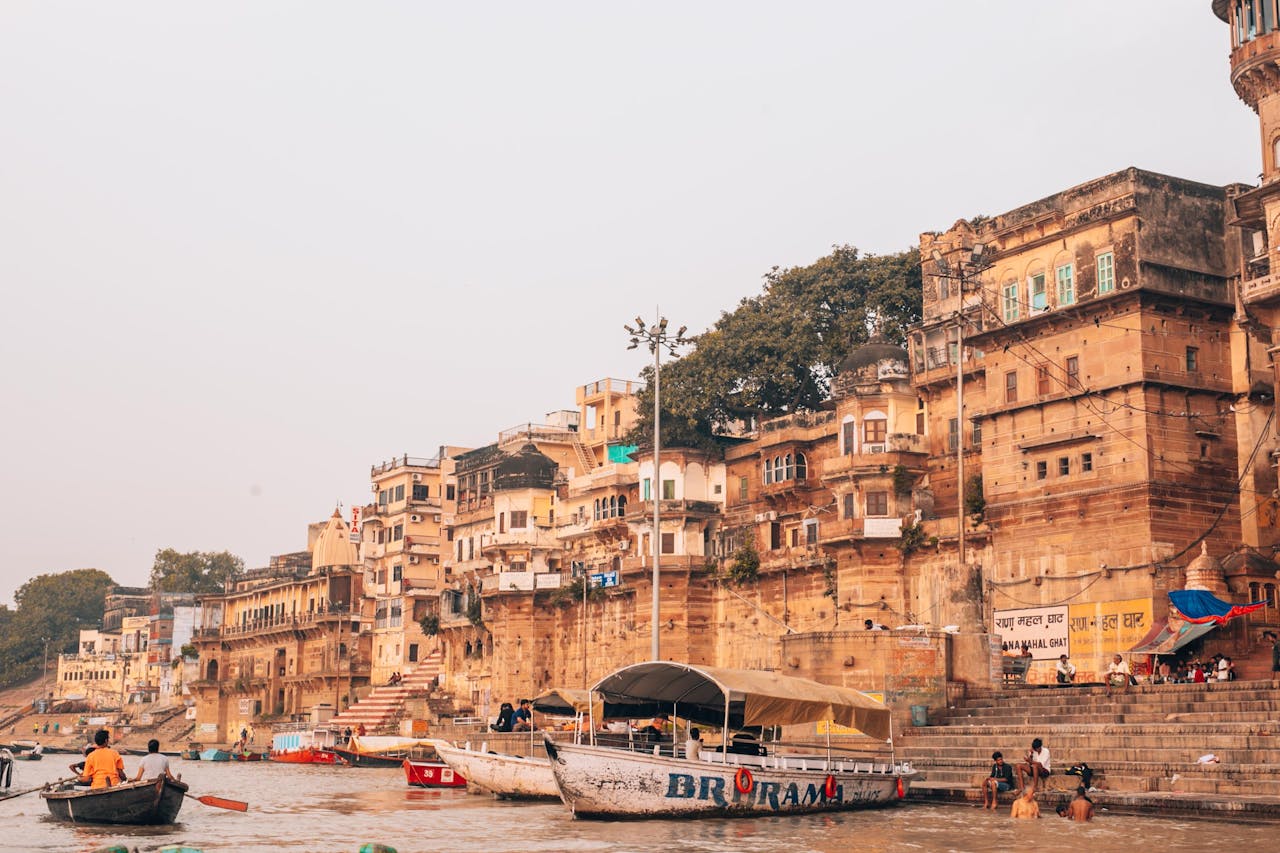
Yearly Climate
Varanasi experiences three distinct seasons:
- Summer (March to June): High temperatures range from 32°C to 40°C, making this season hot and dry.
- Monsoon (July to September): Moderate to heavy rainfall, with temperatures between 25°C and 32°C. The city becomes lush but humid.
- Winter (October to February): Pleasant weather with temperatures dropping to 8°C at night. Days remain comfortable at around 20°C.
Best Time of Year to Visit
The winter months from October to February are ideal for exploring Varanasi. The weather is cool and comfortable, making outdoor visits enjoyable. These months also host significant festivals like Diwali and Dev Deepawali, adding vibrancy to your trip.
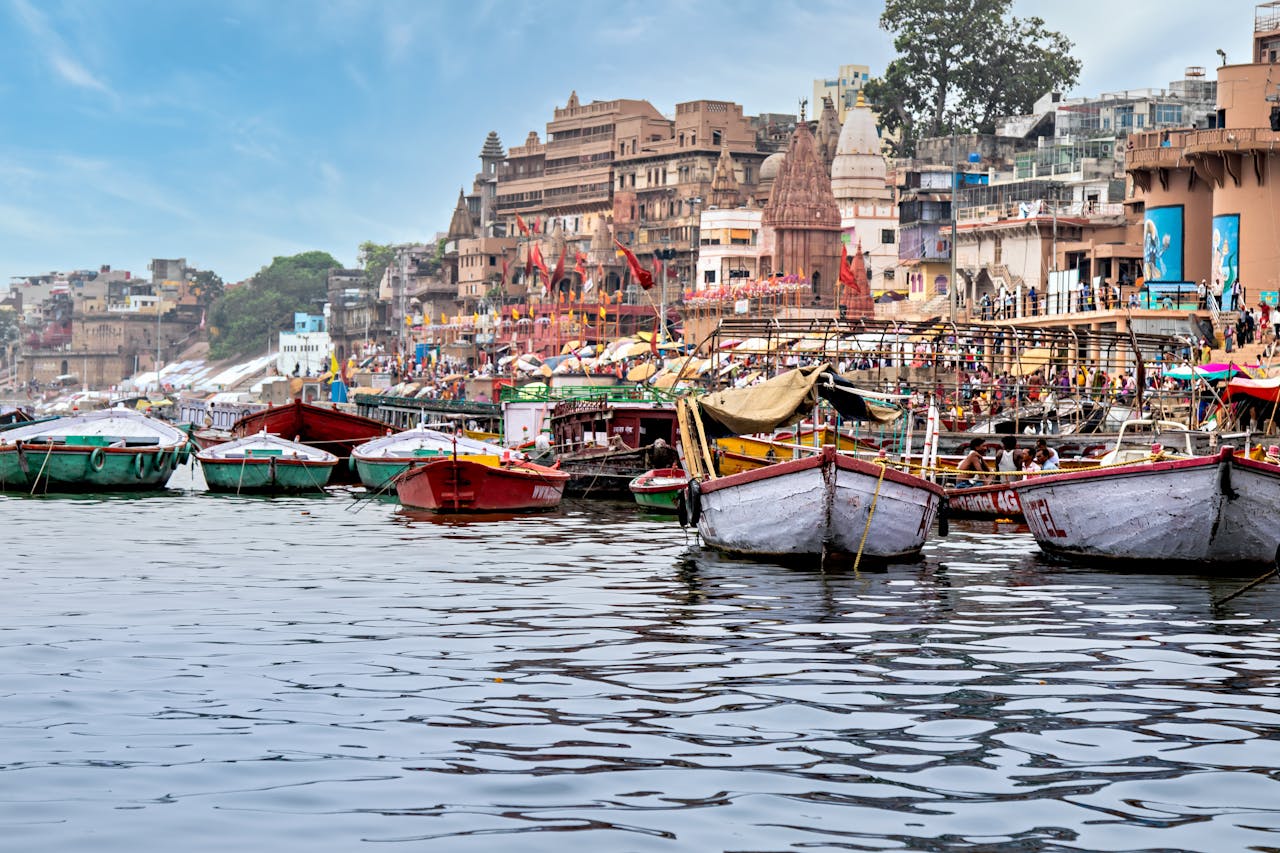
In Summary…
Varanasi is a city that immerses visitors in spiritual energy, ancient traditions, and breathtaking visuals. Whether you’re attending a Ganga Aarti, wandering through narrow lanes, or marveling at its centuries-old architecture, Varanasi leaves an indelible impression on the soul.

